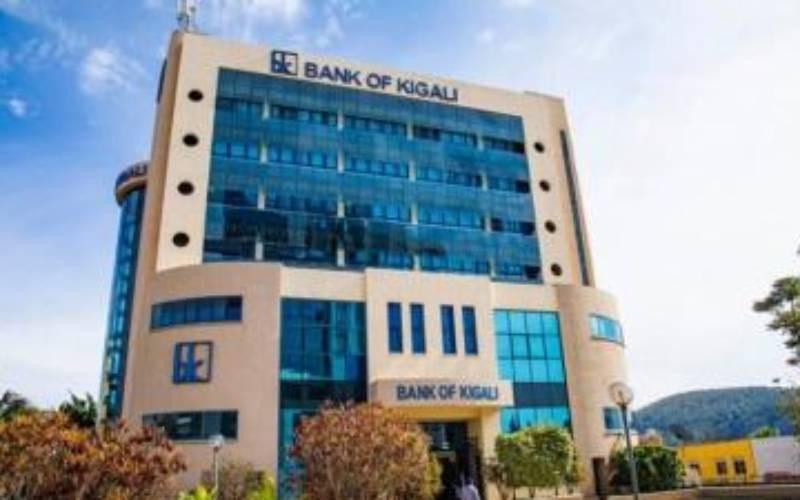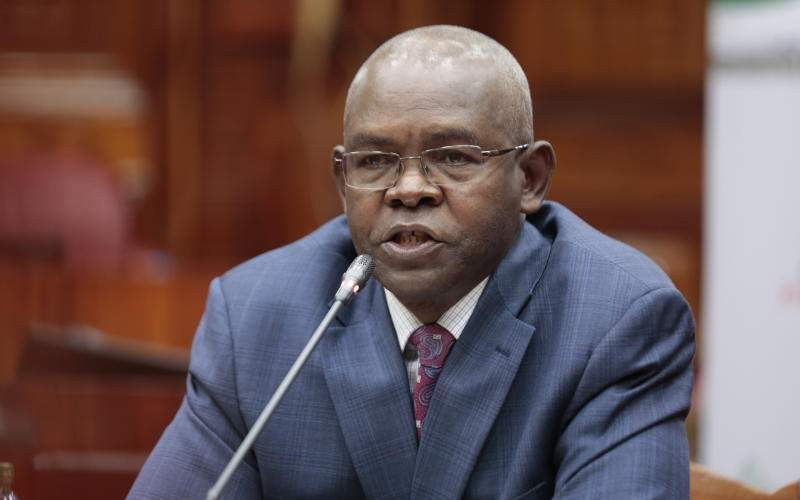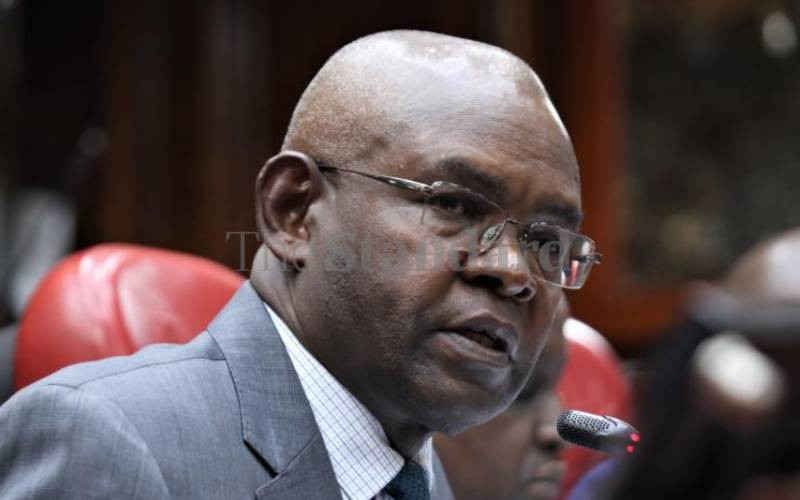By Charles Wanguhu
On June 23, 2006, the Central Bank of Kenya (CBK) placed Charterhouse Bank under statutory management. Six years later the Charterhouse Bank saga still rumbles on, with seemingly increasing pressure from Parliament to re-open the bank. At stake are customers’ deposits believed to be in excess of Sh3 billion as well as securities and title deeds that were frozen because the bank could not operate. On the surface, it appears that Parliament is largely driven by public interest. However, closer scrutiny could reveal a personal interest. But even if one was to disregard the conflict of interest, Parliament as an institution is only charged with making laws and not the execution. The CBK as the regulator has the sole mandate in the licensing, supervising and ensuring that the actors in the banking sector comply with the law. Parliament in threatening to censure the CBK governor for not reopening the Charterhouse Bank is overstepping its mandate. It cannot be that a body charged with making laws can go beyond and try to execute the very laws it has made.
A Pricewaterhouse Coopers report indicated that 839 accounts of the Charterhouse Bank lacked opening forms or customer instructions despite some of the accounts handling billions of shillings in transactions. It would not be prudent for a regulator to reopen a bank with key deficiencies until the owners are able to satisfy Know Your Customer Rules. These rules would include proper account opening information, names of shareholders and the nature of business of the individuals or entities that hold these accounts.
In the 2010 petition to Parliament, 35 depositors of Charterhouse Bank stated there was no genuine and justifiable reason to continue causing them grave hardship, psychological torture, and degrading treatment by denying them access to their hard-earned deposits. The nature of business carried out by these individuals or entities is also important to ascertain the veracity of their claims to “hard-earned” deposits. The Finance minister, as recently as June, indicated that the Kenya Revenue Authority was pursuing some companies with accounts at Charterhouse Bank for tax evasion. The Parliamentary Public Accounts Committee suspects the sum could be more than Sh2 billion. There has been fear that if the bank is reopened all monies would be swiftly transferred.
In 2001, the bank was embroiled in a dispute with the CBK over a deposit of Sh2 billion, which had been paid into the account of a customer. The customer claimed to have received the money as a loan to invest in the property market. CBK, doubting, sought and obtained a court order to freeze the account to enable investigation into the source of the money. But the order was later lifted after a hasty investigation. The money was quickly moved out of the bank. It would, therefore, not be prudent to reopen the bank until the accounts associated with suspected tax-evading entities were cleared.
The investigations found the bank to be in breach of the Banking Act and Prudential guidelines with respect to single borrower limits, insider lending and reporting, and in the maintenance of documents for foreign currency transactions.
Additionally, some transactions were undertaken to intentionally evade reporting requirements by breaking down transfers to amounts just below the CBK reporting limit. The reopening of the bank would make a mockery of Kenya’s commitments in implementing the Financial Action Task Force recommendations on combating money laundering and negate recent improvements, including the establishment of a Financial Reporting Centre.
Writer is the Head of Programmes at the Africa Centre for Open Governance.
 The Standard Group Plc is a
multi-media organization with investments in media platforms spanning newspaper
print operations, television, radio broadcasting, digital and online services. The
Standard Group is recognized as a leading multi-media house in Kenya with a key
influence in matters of national and international interest.
The Standard Group Plc is a
multi-media organization with investments in media platforms spanning newspaper
print operations, television, radio broadcasting, digital and online services. The
Standard Group is recognized as a leading multi-media house in Kenya with a key
influence in matters of national and international interest.
 The Standard Group Plc is a
multi-media organization with investments in media platforms spanning newspaper
print operations, television, radio broadcasting, digital and online services. The
Standard Group is recognized as a leading multi-media house in Kenya with a key
influence in matters of national and international interest.
The Standard Group Plc is a
multi-media organization with investments in media platforms spanning newspaper
print operations, television, radio broadcasting, digital and online services. The
Standard Group is recognized as a leading multi-media house in Kenya with a key
influence in matters of national and international interest.








